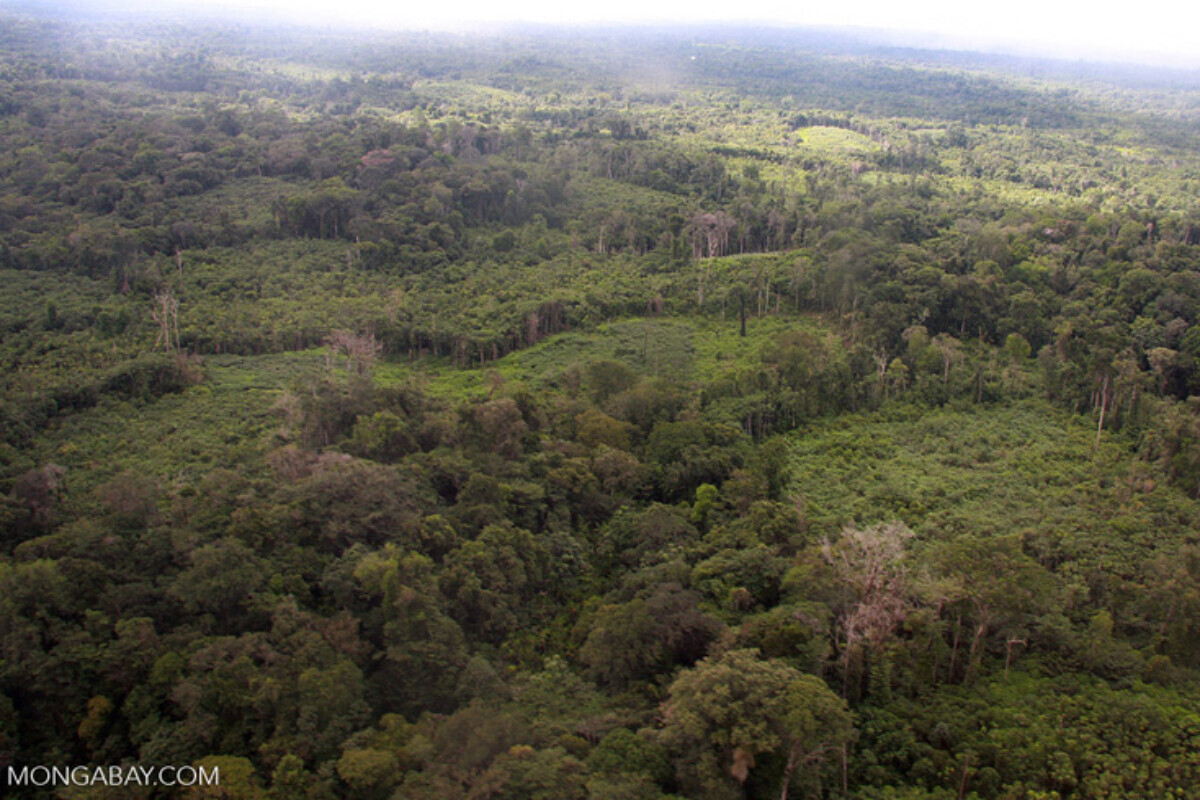Founder’s Briefs: An occasional series where Mongabay founder Rhett Ayers Butler shares analysis, perspectives and story summaries. As governments and corporations scramble to meet climate pledges, the search for reliable and scalable carbon removal strategies has turned increasingly toward forests. But while tree planting captures the public imagination, a new study suggests a simpler, less costly strategy may deliver better results: Protecting young secondary forests already on the landscape. In the study, researchers led by Nathaniel Robinson from the environmental nonprofit The Nature Conservancy mapped aboveground carbon accumulation across more than 100,000 forest plots worldwide, spanning a century of regrowth. The work confirms that forests don’t store carbon at a constant rate — carbon removal rates vary wildly by forest age, region and ecological conditions. In fact, the study finds a 200-fold difference between the slowest- and fastest-growing sites. The sweet spot? Forests aged 20 to 40 years. At this stage, many exhibit peak carbon uptake — far exceeding the removals achieved in the first few decades of new regeneration. Tropical forests, in particular, perform best, reaching maximum sequestration levels around 23 years of age. Mediterranean and savanna ecosystems, by contrast, peak later and less dramatically. This temporal dynamic has practical implications. If natural regeneration began in 2025 across 800 million hectares (1.98 billion acres) of degraded land — an area larger than Australia — the study estimates that 20.3 billion metric tons of carbon could be sequestered by 2050. Delaying that timeline by just five years could slash the…This article was originally published on Mongabay
From Conservation news via this RSS feed


